


The dictionary defines Nostalgia as "a sentimental longing or wistful affection for the past, typically for a period or place with happy personal associations." Marketers have known and harnessed the power of nostalgia as a force in influencing consumer decisions for many decades now. But does nostalgia influence how people consume and engage with the content they consume, especially in a post-pandemic world? And if yes, why does the idea of nostalgia have such an effect on audiences, especially in the context of content consumption?
To answer this question objectively, we looked at the deviations in benefits that properties (Hindi films and web originals) that have nostalgic value, either directly in terms of its content (i.e., properties like Yeh Meri Family, Gullak, Hostel Daze, etc.) or due to some connection with the past that depict simpler times (like Gadar 2, Uunchai, Bhool Bhulaiyaa 2, etc.) when compared to other properties in their categories, by looking at the difference in their association across various Ormax Power Rating (OPR) drivers.
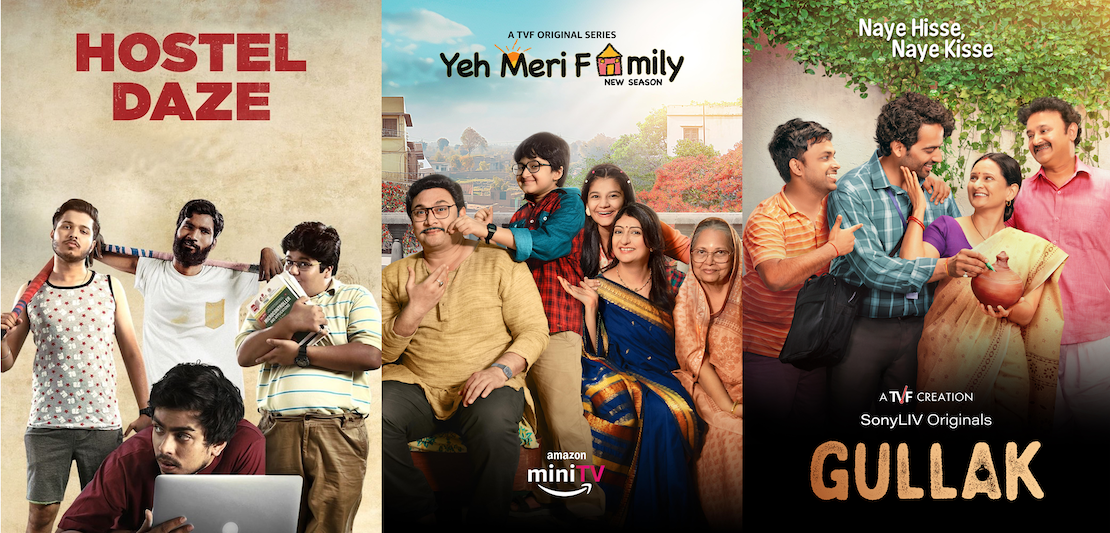
Ormax Power Rating (OPR) is our proprietary metric to measure audience likeability of all content, ranging from theatrical films to streaming originals to linear television shows. OPR is reported on a 0-100 scale, and can be seen as a representation of the show’s inherent content strength, and is also a surrogate for its advocacy, i.e., % audience who are likely to recommend the content to their friends or family after watching it.
OPR drivers are benefits that audience seek from content, and are factors that can have a positive influence on audience engagement, once they have decided to watch the content in question. This Jan 2023 product update for our testing tool for streaming, Ormax Stream Test, and this Oct 2022 product update for our testing tool for theatrical content, Ormax Moviescope/ Ormax First Draft, have more information on these drivers.
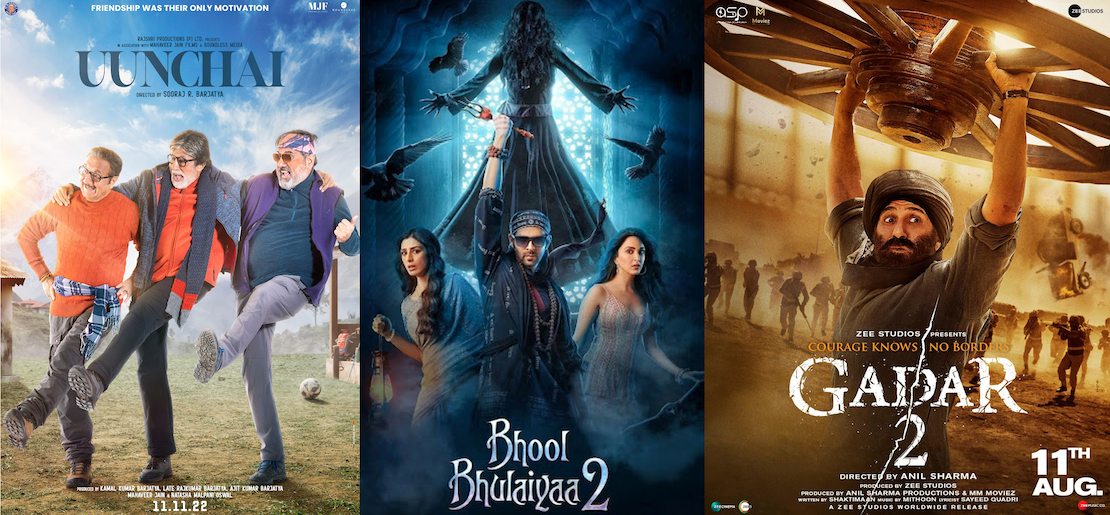
Nostalgia’s effect on nature of engagement
The chart below compares the average driver profile (on key drivers) of properties having some connection with the idea of nostalgia, with that of the other shows. Only properties with an OPR of 55 have been considered, so that the analysis is reflective of properties that have been liked by their respective audiences.
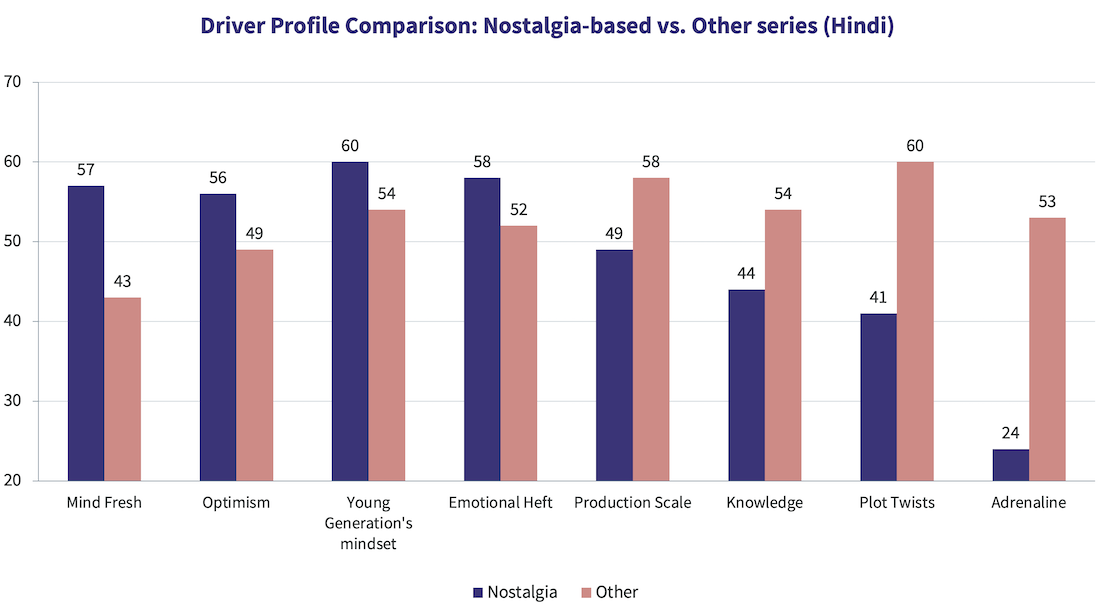
It is evident that web-series that are connected to nostalgia are over-indexed on four drivers: Mind Fresh, Optimism, Young Generation’s Mindset, and Emotional Heft. This tells us that series that leverage nostalgia in their content are either more evocative and have stronger emotional resonance (stronger presence of Mind Fresh, Optimism, and Emotional Heft) among their audience, or are more relatable (stronger presence of Young Generation’s Mindset).
The same exercise was performed among Hindi theatrical films that released in between Jan 2023 and Apr 2024. The chart below captures the deviations in key drivers for these films.
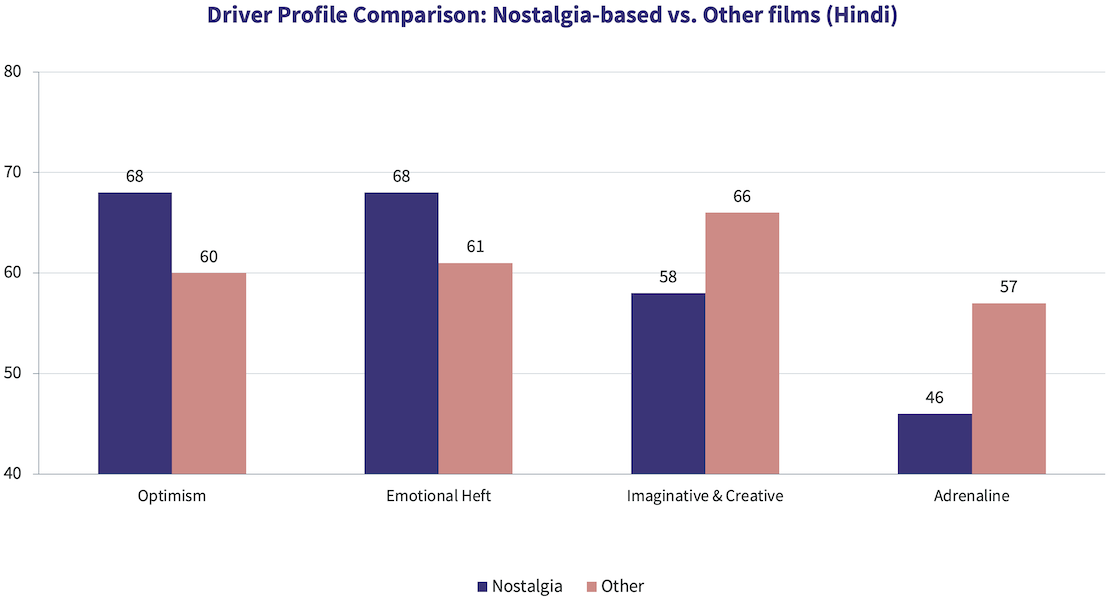
Like with web-series, films that are connected with the idea of Nostalgia perform better on two drivers: Optimism & Emotional Heft. This highlights that the emotionally evocative power of nostalgia is agnostic of the medium. Audiences form a deeper connect with content that has nostalgic value, irrespective of the medium it is released in. But why does this happen, especially in the context of media consumption?
Why does nostalgia influence content consumption positively?
Nostalgia works in positively impacting content engagement primarily because of the following reasons:
1. Comfort in familiarity
Pandemic emerged as a testing time full of uncertainty for audiences across socio-economic strata, and in times of uncertainty, comfort in familiarity goes a long way in providing hope and positivity. Content played an important role in providing this ‘comfort in familiarity’. Re-runs of Ramayan and Mahabharat, along with shows like Panchayat, Gullak, The Aam Aadmi Family etc., all of which became a source of positivity, optimistic distraction, and representative of simpler and happier times.
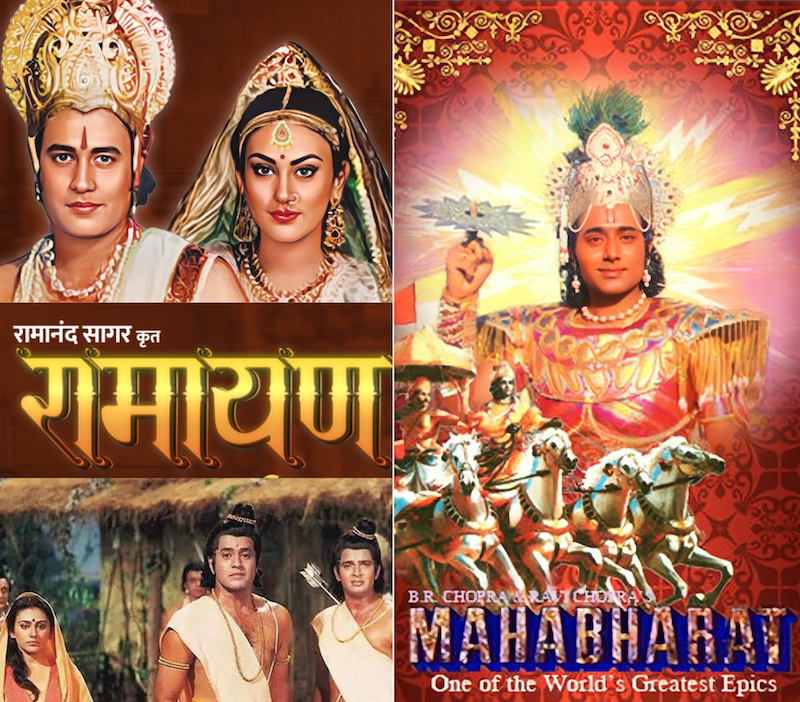
Now, even in a post pandemic world, uncertainty about the future, and doomed narratives such as climate change, rise of AI and its threat to jobs, etc. create a lot of stress and dissonance in the audience’s mind. This is the reason why audience seek comfort in content that provides them with a sense of familiarity, acting as an antidote to the ever-changing nature of the world around them.
2. Cultural continuity, and bridging the generational gap
Nostalgia fosters a sense of cultural continuity by connecting individuals to cultural traditions, customs, and values from the past. This continuity contributes to a shared cultural heritage and a sense of belonging. Nostalgia is a period and era dependent phenomenon. Hence, trends and patterns in nostalgia are generational. Every generation faces existential crises as the newer generations come to bloom. And participation in popular culture is a one of the ways generations try to manifest their relevance. So, the frenzy of ‘taking the theatres by the storm for a cult film that I saw in my youth’ (Gadar 2) or the anticipation of ‘watching the film of an actor who defines my childhood’ (Pathaan) are instances of this phenomenon. But many a times, this eventually results in other generations either buying into the hype (Pathaan, Gadar 2), or sometimes warmly adopting the opportunity to bridge the generational gap (Ramayan, Star Wars). The Ramayan re-run provided a sense of belonging in the times of social distancing when people were compelled to share space and time with individuals across generations. Such nostalgic narratives can play a pivotal role in bringing the generations together through conversations based on or triggered by the content.
3. Social Media and pop culture influence
Media and popular culture play a crucial role in shaping collective nostalgia. Movies, music, literature, and other forms of media often draw on nostalgic themes to resonate with audiences and tap into shared cultural sentiments. Nostalgia can strengthen social bonds by providing shared points of reference. Communities or generations may come together over a shared appreciation for cultural artifacts, music, fashion, or other elements from a specific era. This is particularly evident in the form of memes, where content from older movies is used to create innovative and funny interpretations, celebrating the older content, but also fostering a sense of community and sharing, accentuating the power and connect with the content. This idea can also be used powerfully in the marketing of new content, relying on the older content, to create more intrigue through novel interpretations.
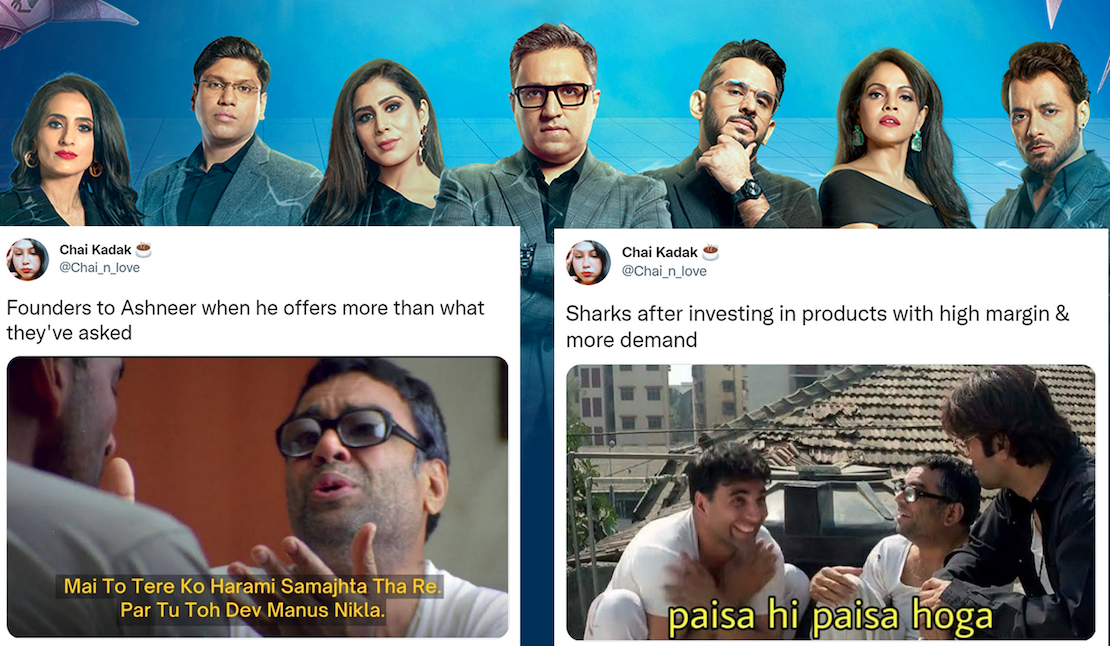
Nostalgia, either directly through the content, or through the fact of its existence (i.e., set in a simpler world like Panchayat, or a sequel of an older film that’s place in a less complicated world), is finding traction among the audience because it is more positive (by the virtue of either being set in a less complicated world, or having simpler narratives and issues), and because it is evoking greater emotional connect among the audience. The challenge for media executives now is to utilise the power of nostalgia in content creation and marketing of new content.

Ormax Cinematix's FBO: Accuracy update (November 2025)
This edition of our monthly blog summarises Ormax Cinematix's box office forecasts (FBO) for all major November 2025 releases vis-à-vis their actual box-office openings
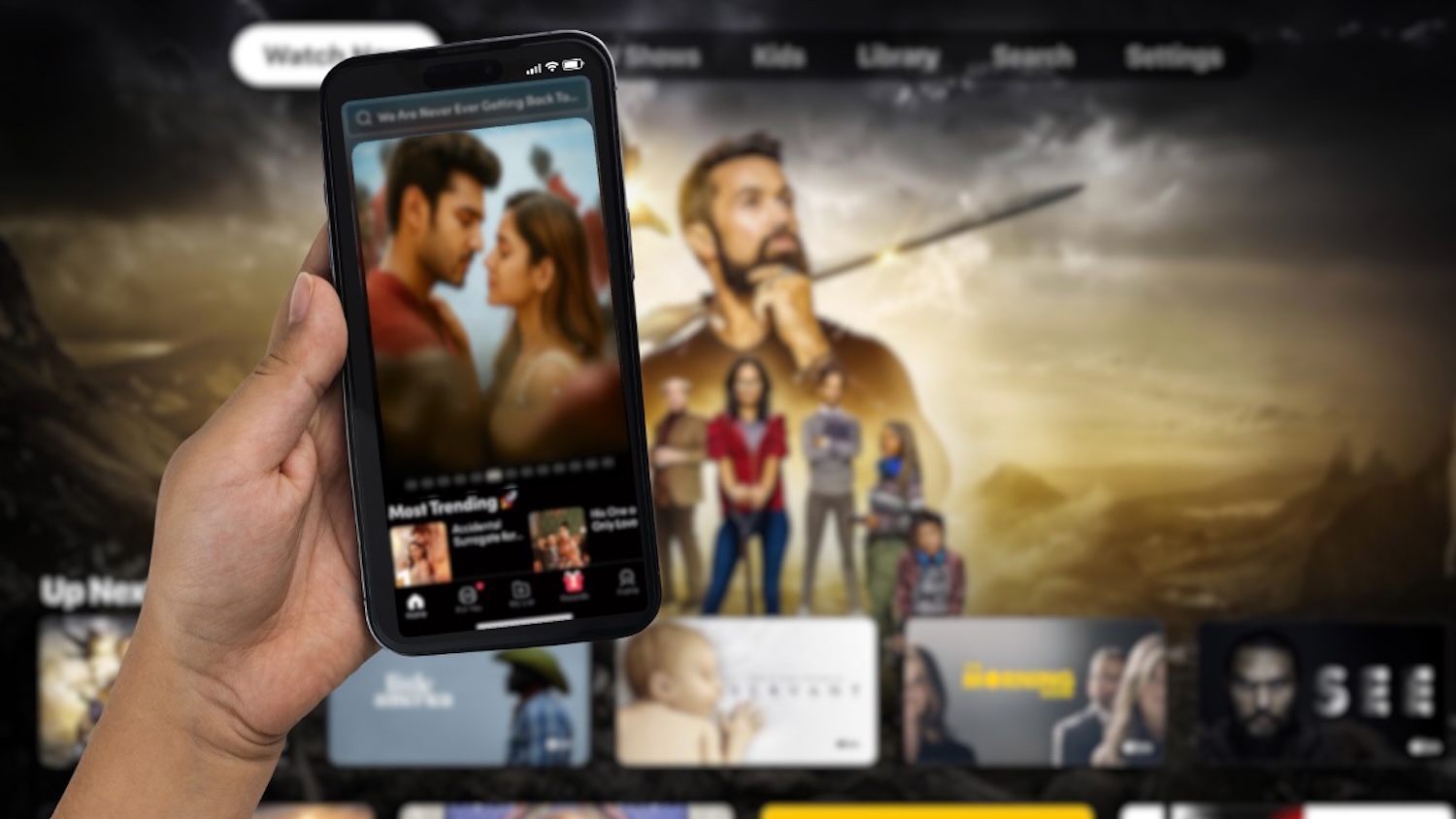
From CTV to Micro Dramas: India's fascinating OTT spectrum
The simultaneous rise of Connected TV and Micro Drama audiences in India over the last year highlights how the Indian OTT market is expanding at both the premium and the mass ends simultaneously
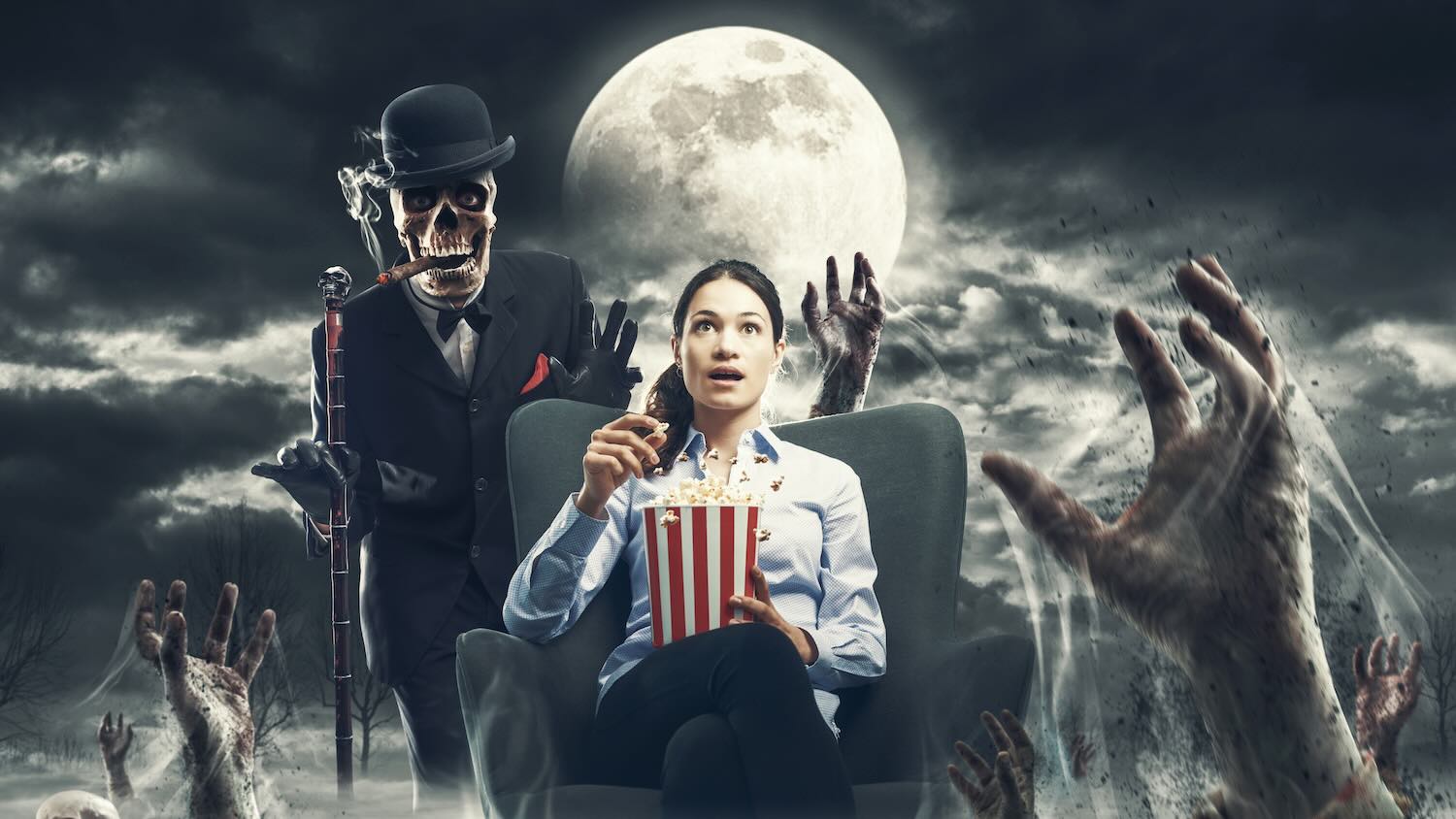
Product update: Content testing for the horror genre
Based on our accumulated audience insights, we are introducing genre-specific drivers for horror films and series in our content testing tools, Ormax Moviescope and Ormax Stream Test
Subscribe to stay updated with our latest insights
We use cookies to improve your experience on this site. To find out more, read our Privacy Policy